Atelier Bonryu(E)
infrared photography


Atelier Bonryu(E)
infrared photography







Laboratory: Infrared Photography
Remark #3 Sensitivity of a Non-converted Camera


The sensitivity measurement: The purpose of this measurement is to determine the value of (1/b) which is the relative sensitivity of the infrared light compared to the visible light. The value of b is the overall effective attenuation ratio for the infrared light and it is, of course, more than unity. For this purpose it is necessary to take an infrared and a visible light photographs of the same object at the almost same time by the same camera under the “correct exposure”. But as it is difficult to define what is the “correct exposure” we fix up to be satisfied as the photograph is taken under a correct exposure if it looks sightly. For these two photographs we write down the photographing parameters, i.e., the f-value (F), the shutter speed (T), and the ISO setting value (I). If the incident light intensity and the transmission factor of the light due to the attenuation in the filters are L and A, respectively, the light intensity (P) at the surface of the sensor is derived as,




From the above equation the transmission factors due to the filters are given as




The effective attenuation ratio for the infrared light b means the necessary multiplication factor of the exposure when one takes an infrared photograph. In other words, when an infrared photograph is taken for the same object, the same ISO setting, and the same f-value as a visible photograph, b-times longer shutter speed is necessary. Then, how much is the value of the effective attenuation b?
As described in the main text it is possible to guess whether by a non-converted camera an infrared photograph can be taken or not by observing the infrared light from a channel changer of a TV. Even if it is concluded by this test that the camera can be used for taking an infrared photograph, usability for the infrared photography depends on the camera. It is rather difficult to determine quantitatively the usability of the camera for the infrared photography and we cannot answer this problem briefly. Here, under some daring assumptions we derive a formula to calculate from experimental data the multiplication factor of the necessary exposure for the infrared photography by a non-converted camera.
